If you are looking to cut the cost of driving your car, then finding free air for your tires can be a good place to start. By keeping your tires properly inflated you’ll save money on gas, your tires will last longer and your car will drive better.
There are likely to be 15+ places near you that will give you free air for your tires.
Why it’s important: The cost of owning a vehicle can be staggering. Between car payments, insurance, regular maintenance, and gas, you could be spending several thousand dollars a year to drive your car.
Add to that the cost of $1.50 to $2.00 to put air in your tires every month or so.
We’ll share lots of places near you that will either let you fill your tires for free or do it for you. After that, we’ll share why it’s important to monitor your tire condition AND tools to help you do that.
TABLE OF CONTENTS
Wouldn’t it be great if there was a website that helped you find free air for your tires in your area? But wait … there is …
FreeAirPump.com is a great way to find free air in your area. It is also a good resource to have on a road trip.
They have a Google-type, zoomable map showing lots of free air locations near you.
Although you might not be familiar with the free local air pumps, freeairpump.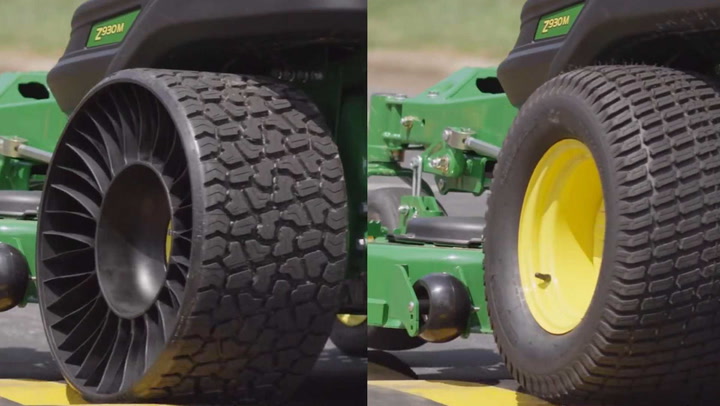 com will be able to help you find one close by.
com will be able to help you find one close by.
The site is extremely easy to use! Just zoom around the map to find your area. Then check out the free air pump options available to you.
Now that you’re ready to fill up your tires, you’ll need to find a place to do it for free. Try some of these locations near you. We researched dozens of gas and convenience stores and found more than 3500+ locations across the country. There are bound to be several in your area.
RELATED ARTICLE: How to Save Money at the Pump
Discount Tire has 1035 locations in 38 states. If you live in California, then you would know this chain as America’s Tires. The chain will check your tire pressure for free whether or not you purchased them at their store.
Drive near their service bays you’ll see a sign that says “Free Air Check.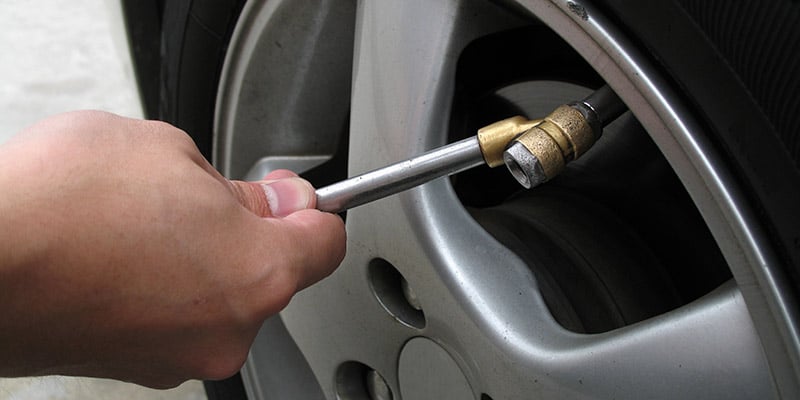 ”
”
Try to avoid going to Discount Tire on a Saturday. Because you’ll usually find that there is a long line of cars waiting to get their tires filled with air.
Depending on where you got your tires, other companies may offer free air for tires. You may need to call local tire shops to see whether or not they offer this service in your area.
I took this picture a few weeks ago – there were three other cars lined up to get their tires checked and filled with air at Discount Tire.QuikTrip is a gas station with over 805 locations that offer free air to its customers. You can find QuikTrip in Arizona, Georgia, Iowa, Illinois, Kansas, Missouri, Nebraska, Oklahoma, and Texas.
Sheetz offers free air to its customers that you can use to fill your tires. The company has 580 locations across the Mid-Atlantic, Appalachia, Upper South, and Ohio.
Quoting your Auto Insurance is a fast way to save money. We use GABI Insurance to get fast and easy comparison pricing. Just connect your current policy with their quote tool and you’ll be on your way to saving money. They provide prices from up to 20 different insurance companies.
WaWa is a rapidly expanding chain of gas stations and convenience stores offer free air at all 800 locations.
Although you may traditionally associate WaWa with the Northeast, the chain has been making in-roads in Florida. Currently, you can find these gas stations in Pennsylvania, New Jersey, Delaware, Maryland, Virginia, Washington D.C., and Florida.
This local chain has 72 locations in Pennsylvania that offer free air for tires.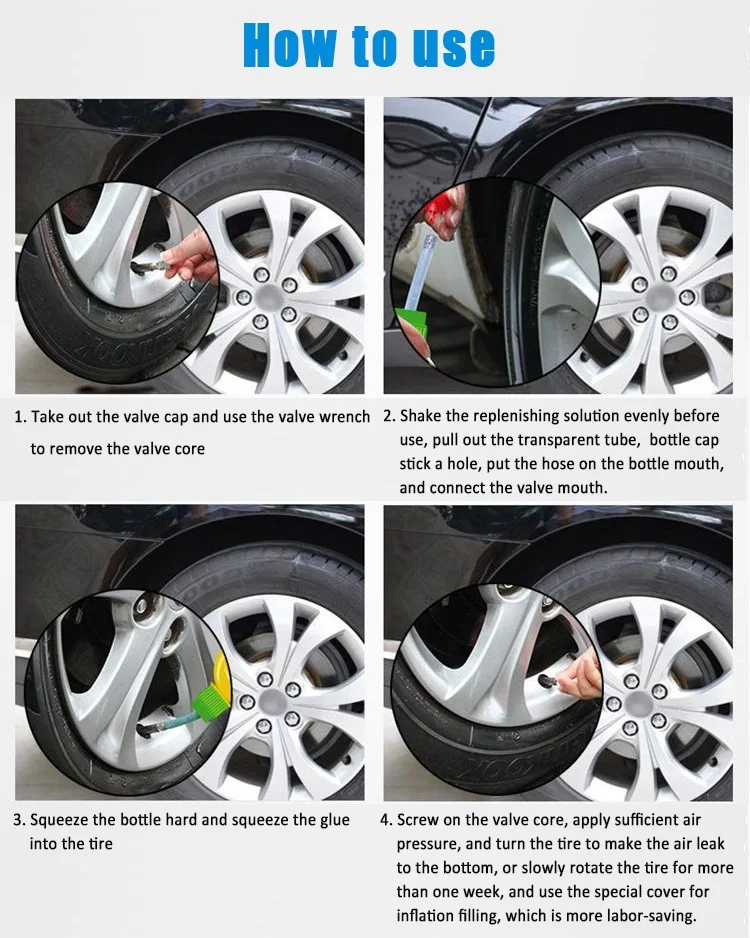
Royal Farms has 205 stores that offer free air to fill your tires. You can find these stores in Virginia, Pennsylvania, and New Jersey.
Gate gas stations offer free air at their 200 locations. These locations can be found in Florida, Georgia, North Carolina, and South Carolina.
Many oil change services include checking and inflating your tires without an extra cost. Simply ask your oil change mechanic if they offer this service.
National chains such as Jiffy Lube and Pep Boys are most likely to offer free air. Local shops may also provide free air but you’ll need to call ahead.
If you are already paying for an oil change, then you might as well get free air in your tires.
Some gas stations have specialty RV fuel lanes for these oversized vehicles. More often than not, this lane has a free air compressor. Feel free to check out your local gas station to see if this is an option. You do not need an RV to hop in this lane!
If you live near the car dealership where you bought your car, then they may provide free air for your tires. Typically, dealerships want to treat their customers nicely in hopes of future sales.
Simply ask if they are willing to pump up your tires. It is extremely likely they will be able to help out.
If you happen to live in California or Connecticut, then you are in luck. State law requires that all gas stations provide a functioning air pump free of charge. Just head down to the closest station to fill up.
If you are planning to take a road trip through Florida, the Florida Turnpike Rest Stops are a great place to refuel. Most have free air pumps that will allow you to top up without stopping your adventure.
You may have the resources to fill your tires already at hand. Check out these options.
According to Consumer Reports, about 33 percent of all new cars don’t have a spare tire.
They said, “…though they may be equipped with a compressor and sealant kit to temporarily fix a flat tire. Some cars without spares come with “run-flat” tires, which are designed to operate for a limited distance after losing air from a typical puncture.”
If you have a newer car, then you may find a tire repair kit in the back of your car. This kit usually includes a small hand pump or a can of tire repair sealant that could provide a free way to boost your tires.
This kit usually includes a small hand pump or a can of tire repair sealant that could provide a free way to boost your tires.
RELATED ARTICLE: Money-Saving Tips for Auto Maintenance
Many people own small air compressors to fill their tires. Ask your friends and family to see if someone is willing to share. You can return the favor with the loan of another tool someday.
Or Buy a CompressorSteve at MoneySmartFamily has this Pancake Compressor along with a tire inflation gauge in his garage.
The Porter-Cable pancake compressor cost about $100 and is used on projects besides inflating tires.
The inflation gauge came from Amazon and cost about $15.
You likely have a bike pump laying around the house.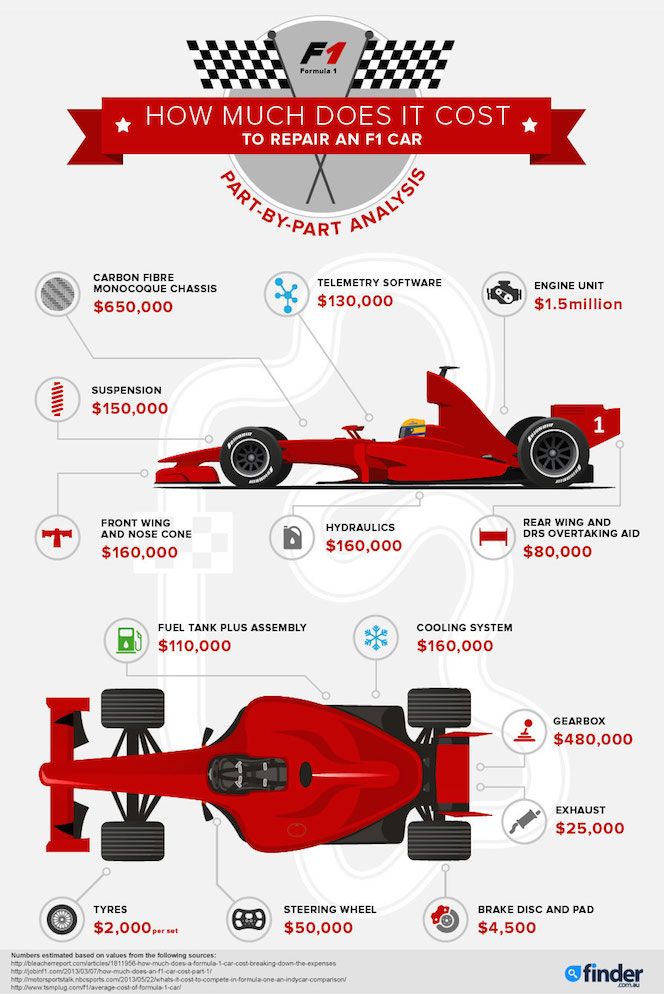 If you only need to add a small amount of pressure to your tires, then a bike pump is a viable option. Unfortunately, this can take a lot of time to reach the desired psi.
If you only need to add a small amount of pressure to your tires, then a bike pump is a viable option. Unfortunately, this can take a lot of time to reach the desired psi.
Check out these best selling, quick filling bike pumps from Amazon
Check out the free air compressor options above before resorting to this unless you are up for a relatively intense workout.
RELATED ARTICLE: Walmart Car Battery Warranty – Save Money
Adding another to-do item to your list may sound like the last thing you want to do. However, inflating your tires to the correct pressure could not only save you money and time but also prevent accidents.
According to the U.S. Department of Transportation, proper tire inflation can save you 11 cents per gallon of fuel. Plus, proper inflation can add over 4,500 miles to the life of your tires.
Plus, proper inflation can add over 4,500 miles to the life of your tires.
They also report that:
Although not all drops in fuel efficiency will be that dramatic, each represents a lost cost-saving opportunity.
For example, at MoneySmartFamily, their daughter Becky recently noticed a drop in gas mileage. Her Toyota Tacoma gas mileage dropped from 20 MPG to 17 MPG.
This significant drop was due to her tires dropping to 30 psi instead of the recommended 44 psi. Simply by keeping her tires at the appropriate psi, Becky stands to save a lot of money.
She lost 15 percent of her gas mileage. This means that each gallon of gas took her 15 percent fewer miles. This also means that she was spending 15 percent more on her gas.
Here’s what 15 percent more looks like at the pump:
Would you willingly pay 38 to 50 cents more per gallon if you didn’t have to?
You can keep track of your gas mileage each time you fill up your tank.
Simply record the number of gallons it takes to fill your tank and divide it by the number of miles driven for your total gas mileage. (Get a FREE gas mileage tracker here).
If the potential cost savings are not motivating, then the potential to save your life should be. The National Highway Traffic Safety Administration recorded 738 fatalities in tire-related crashes in 2017.
Keeping your tires well maintained is a good way to safeguard yourself against accidents.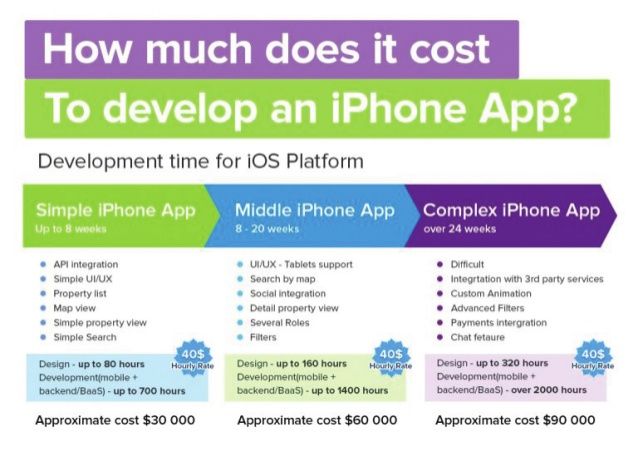
Underinflated tires have more surface area touching the roadway. This results in more drag (lower gas mileage) and more friction on the tires. Back in the early 2000s, there was a lawsuit against Ford for telling owners of Ford Explorers to only inflate tires to 26 PSI instead of the Firestone recommended 30 PSI.
The Wall Street Journal reported that the 4 PSI difference resulted in more than 300 traffic death due to blowouts.
You may be able to avoid a fatal crash simply by keeping your tires inflated to the appropriate psi.
Depending on the location, it will likely cost you between $1 and $2 dollars to fill up your tires.
Although that seems like a low amount, it can add up quickly if you fill up your tires on a regular basis. The U.S. Department of Transportation recommends that you check and top up your tires once a month.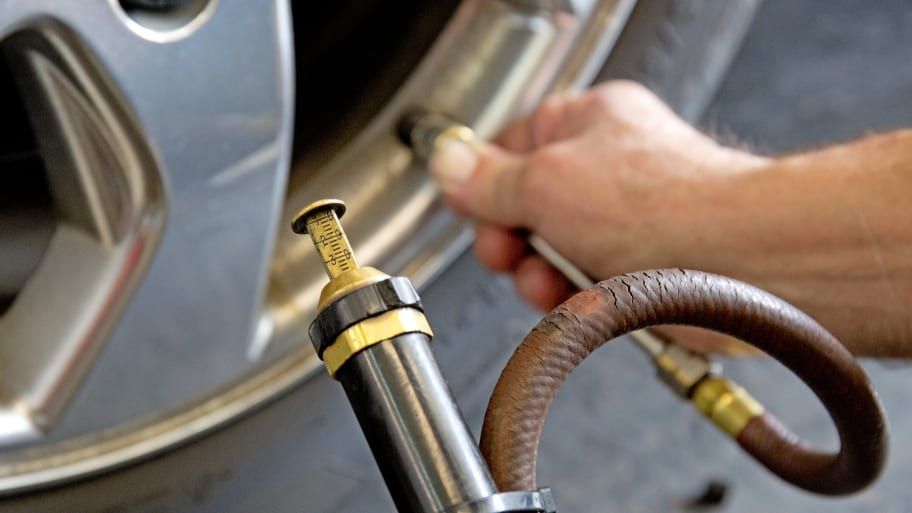 If you had to pay for air in your tires each time that translates into $12 to $24 a year just to fill up your tires.
If you had to pay for air in your tires each time that translates into $12 to $24 a year just to fill up your tires.
If you do not want to spend extra time at the gas station, then you could purchase a 12-volt car compressor.
Amazon offers this highly-rated portable tire inflator for $33. It could pay for itself within a year and a half. However, seeking out free air for your tires is the more affordable option.
If you don’t fill up your tires because you aren’t sure where to get started, that’s okay. I’ve been there. Without a mechanically inclined bone in my body, I’ve figured out how to pump air into my own tires. So can you!
It’s really simple. You just unscrew the cap on your tire. Put the air compressor hose connection onto the tire air portal. Fill until you reach the desired psi.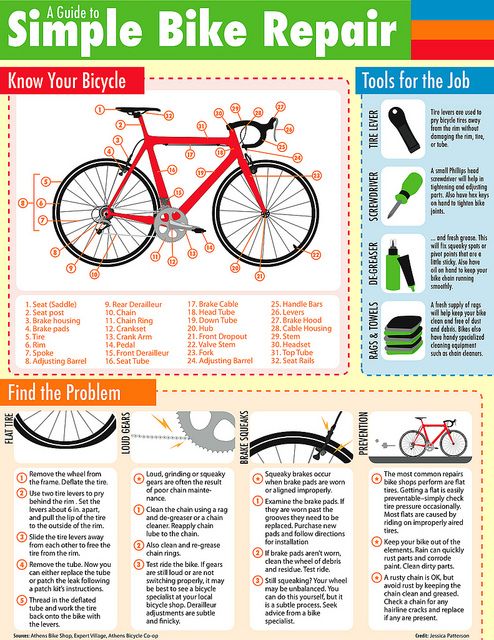
Finally, remember to put the cap back on.
If you are worried about the amount of time it takes to fill up your tires, don’t be! The whole process usually takes less than 15 minutes to suitably fill all four tires. That includes driving down the street to the gas station!
Not sure what your car’s recommended tire psi is? That’s okay! Every car has a different recommendation, but we can show you where to find it.
Typically, you can spot the recommended psi on the sticker on the driver side door jamb. This is the first place you should look.
Other places include information in the glove compartment or the gas cap of your car. You may also be able to find some information about recommended tire pressures in your owner’s manual.
Do not look at your tires for the recommended tire pressure. The numbers on your tires refer to the maximum recommended inflation. If you exceed that recommendation, then you run the risk of a blowout.
The numbers on your tires refer to the maximum recommended inflation. If you exceed that recommendation, then you run the risk of a blowout.
As you start regularly monitoring your tire pressure, you’ll want to invest in a tire pressure gauge. The gauge will show you what your tire pressure currently is. You’ll know whether or not you need to add compressed air.
You have choices when it comes to a tire pressure gauge.
Pencil Type Gauge: You can go with a pencil, or stick, gauge. These gauges are often extremely cheap at an average cost of around $5. However, they can be difficult to read and finicky to work with. See the Best Selling Pencil Tire Gauges on Amazon.
Dial Type Gauges: Dial gauges are the second option with an average cost of $20. Steve from MoneySmartFamily.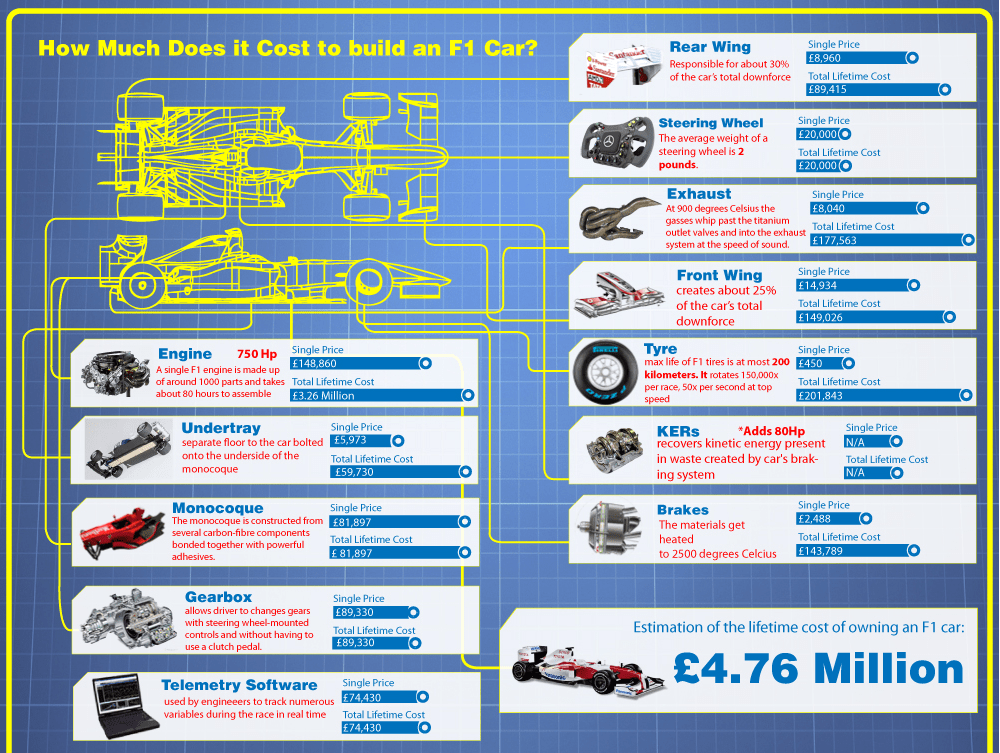 com likes the dial gauges the best as they are more accurate than the pencil type.
com likes the dial gauges the best as they are more accurate than the pencil type.
These gauges are still affordable and they are easier to use for accurate measurements. See the best selling dial gauges on Amazon.
Digital Tire Gauge: Finally, a digital gauge is another option. Generally, these cost between $10 and $12 but are very easy to read. See the top-rated digital tire gauges on Amazon.
The option you choose will help you maintain your car’s tires for years to come. Choose a model that suits your needs and helps you comfortably assess the condition of your tires.
Regular checks of your car’s tires could save you money as well as protect against risky driving. Take advantage of the free air in your area to maximize these cost savings.
Our recommendation is to go to a location where they will check it for you, like a Discount Tire.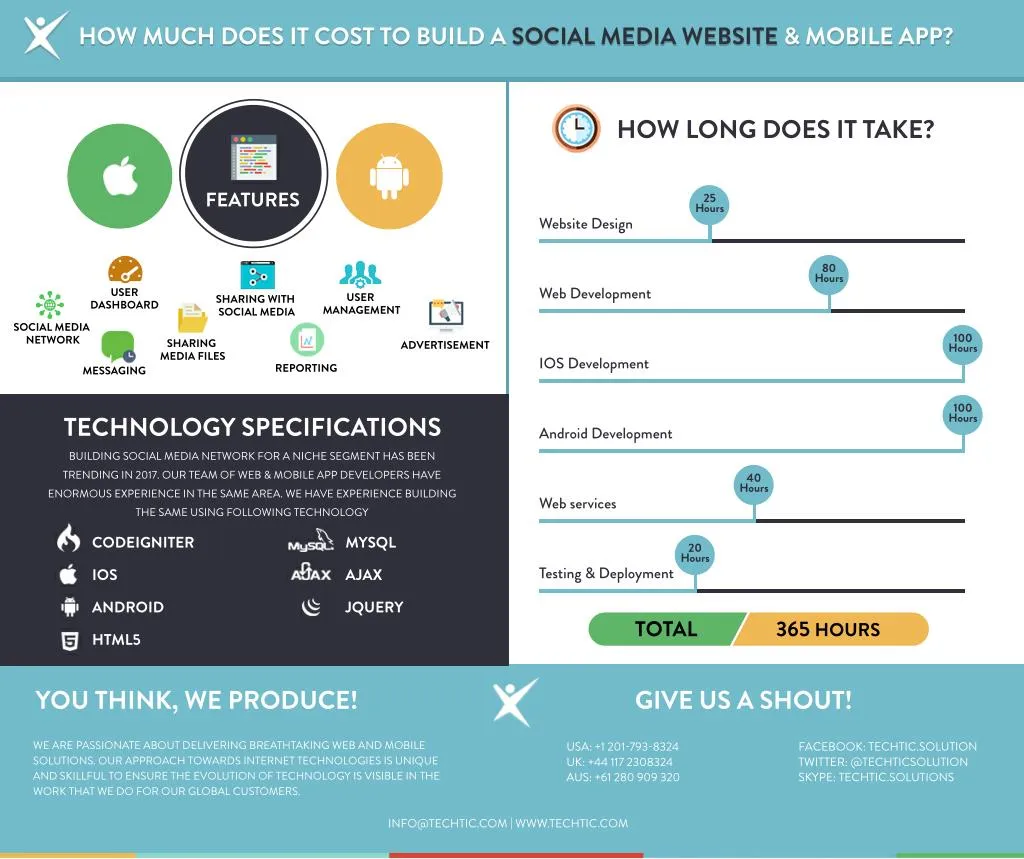 Or buy your own compressor and do it yourself. Between Discount Tire and owning a compressor, you’ll be getting free air for tires for the rest of your life.
Or buy your own compressor and do it yourself. Between Discount Tire and owning a compressor, you’ll be getting free air for tires for the rest of your life.
Properly inflated tires have many benefits including better gas mileage, improved handling, and a maximum tire lifespan.
As you already know, it costs about $1.50 to use a public air compressor. But, it’s still possible to get free air for tires with these tips and tricks.
Maintaining properly inflated tires is also one of the secrets to getter better gas mileage, in addition to having the longest tire life possible.
In This Article
Finding free air isn’t as easy as it used to be a few years ago.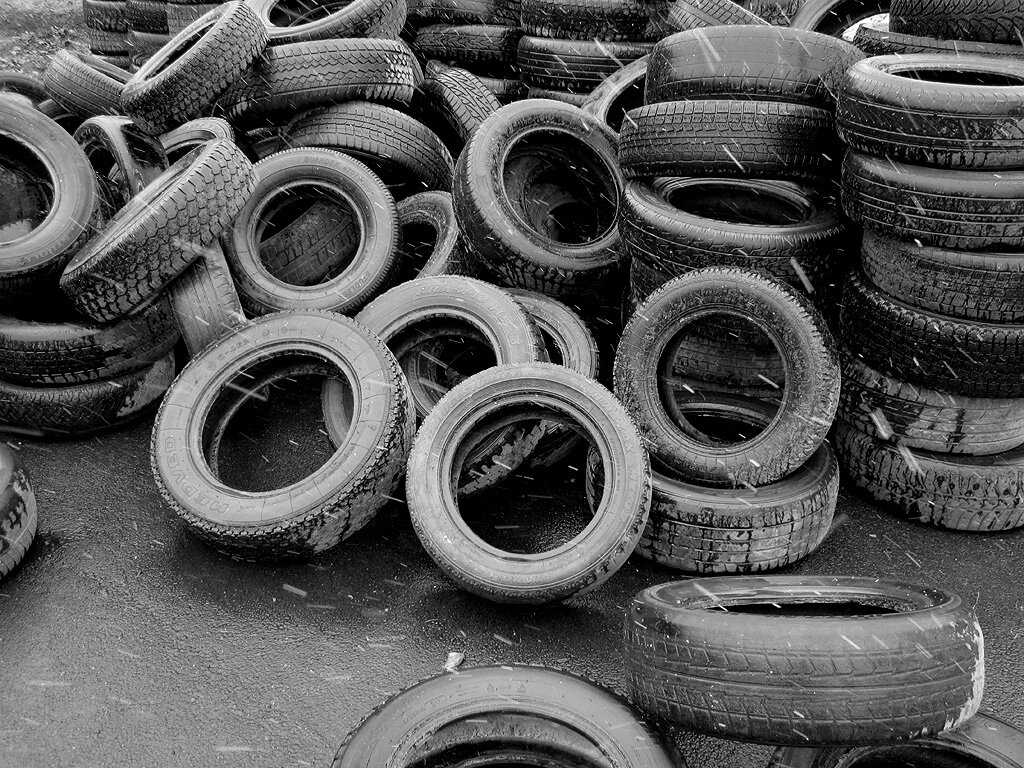 For some reason, many gas stations now charge $1.50 or $2 to use their air pump.
For some reason, many gas stations now charge $1.50 or $2 to use their air pump.
Many of these compressors now accept credit card payments as you might not have enough quarters in your cup holder to turn on the machine.
Although it’s harder to find free air for your tires, it’s still not impossible. Some state laws mandate free air for the general public while other companies offer free air for regular customers.
Whether you need to find free air in your hometown or while you’re on vacation, there are plenty of places to that don’t require quarters or a credit card to turn on the compressor.
Some regional gas station brands still offer free air. You can quickly find places that offer free air for tires near you at FreeAirPump.com.
A second option is to hop on your local Reddit thread. You can search by street address or zip code to quickly find free air stations in the United States and Canada.
You’ll want to look at the pink-colored icons only as some of the green-colored icons are for bike tires only.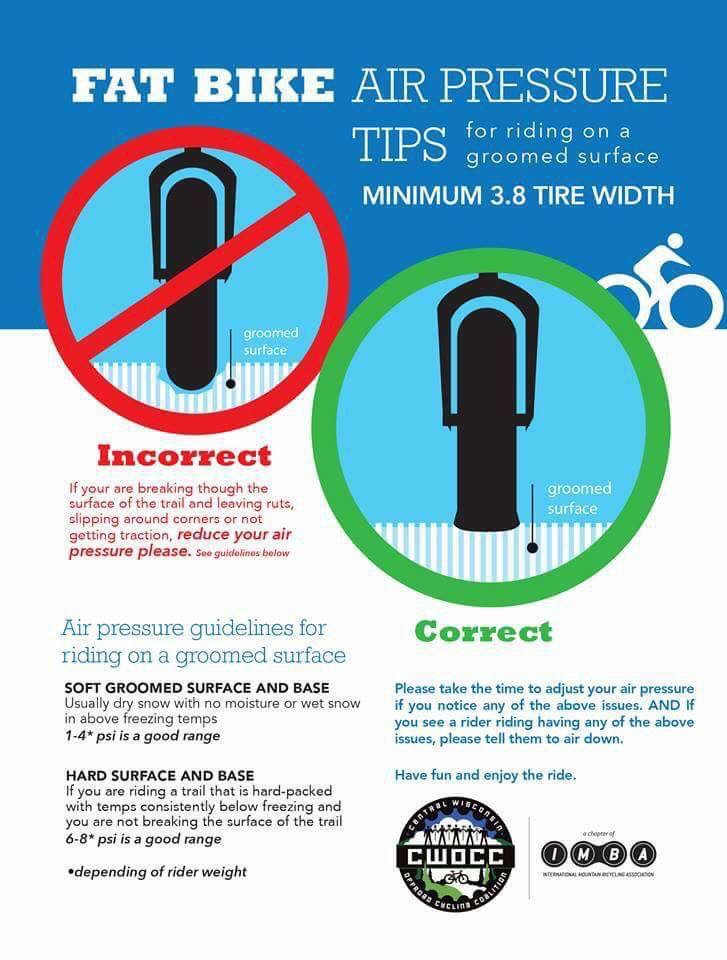
Regional brands are still more likely to offer free air. If you live near a Wawa gas station, their machines offer free air machines 24/7.
Other gas stations require you to ask the cashier to turn the air compressor on in order to get free air.
Not every gas station offers this option, but some locations have designated fueling lanes for RVs and drivable campers that offer diesel and unleaded gasoline so they don’t have to use the same fuel lanes as the 18-wheelers.
Because these personal RVs are longer than the average passenger vehicle, they might not fit at the gas station’s regular air compressor that requires payment.
As a solution to this problem, the gas station might have a standalone hose in these fueling lanes just for RVs.
If this lane is open and they offer the type of gas your car requires, use this pump and get free air in the process.
If you like to follow the Boy Scouts creed, “Always Prepared,” you might consider leaving a portable air compressor in your car for the occasional fill-up for about $35.
Sale
AstroAI Air Compressor Tire Inflator
While this suggestion requires a small initial investment, it can pay for itself after 18 uses if you need to pay $2 to use the air compressor at your local gas station.
You can plug the compressor into your car’s cigarette lighter and fill up all of your tires. This isn’t a commercial air compressor, so it can take about 90 seconds to replenish the air to 35 PSI when the low tire pressure warning light comes on.
If you have some Amazon gift cards to use, buying your portable air compressor can truly be 100% free.
Most new vehicles don’t come with a spare tire anymore. Instead, you might get a tire repair kit that includes a miniature pump and a slime kit that is designed to temporarily patch a leak so you have enough time to stop at the local tire repair shop.
If your vehicle still has a spare tire, check it periodically to make sure it has enough air just in case you end up having to call roadside assistance to replace your flat tire.
If your spare doesn’t have enough air, roadside assistance will arrange for a tow and delay your travel plans further.
Related article: 9 Ways to Sell Used Tires for Cash
Do you have a friend that owns an air compressor? Your friend can finally repay that favor he owes you by letting you put air in your tires. After all, what are friends for?
Since your friend has most likely had a flat tire before, they probably already have a car tire chuck. If not, you can buy one online or your local auto parts store as a “thank you gift.”
If you have an air compressor at home, this can also be one of the best investments you can make for your cars.
You most likely have somebody else change your oil for you. Most oil change shops let you come back for free fluid top-offs and check your tire pressure at the same time.
After all, these free services help you keep coming back in the future.
If you’re not sure if your current mechanic offers this service for free, just ask. Otherwise, you can always get your oil changed at one of these national brands in the future as they’re more likely to offer free air when you need it most:
If your oil change facility charges extra to get fluid and air top-offs between changes, you should probably skip the add-on and either find another place to get your oil changed or find a free place to get free air.
Even if there aren’t any free alternatives near you, you’ll probably be money ahead by paying for the cheaper oil change and paying for air when you need it, which shouldn’t be that often if your tires are in good shape.
The tire shop that installed your tires should offer free air too. Discount Tire is a national brand that offers free air tire pressure checks whether or not you purchased your tires from there.
Other tires might offer free air to non-customers too but it’s at the local discretion of the shop.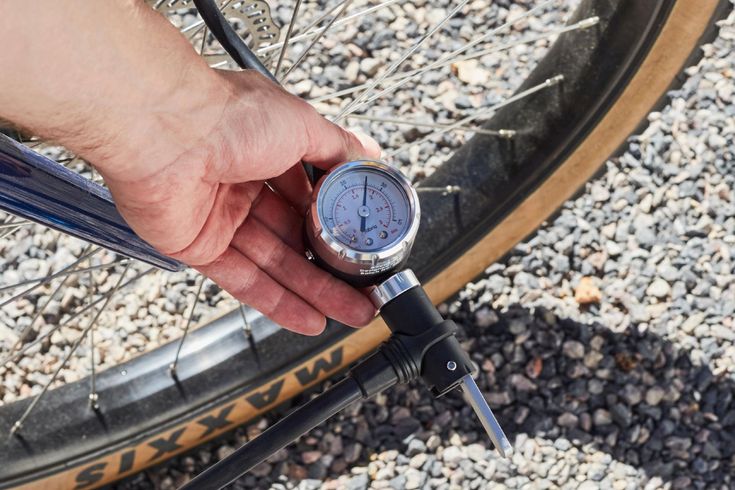
Visiting a tire shop offers the other added benefit of tire inspection to look for the source of the leak.
You might have to pay about $20 for the tire to be patched, it’s still better than having to find a free air machine every week and causing your tires to wear out early.
If you ride bikes, you might already have a free air pump in your garage. When you only need to add a few pounds of air, a bike pump can add a few pounds of air but you’ll have to work for it.
Sale
Schwinn Air Center Floor Bike Pump
This is a free way to get air, but it’s not the most productive way unless you want to skip your gym workout today.
Gas stations in California and Connecticut are required by law to provide free air to drivers. However, California gas stations can charge you if you’re not a paying customer, so make sure you fill up your car as well to avoid paying extra to use the station’s compressor too.
Some compressors might still require payment unless you go inside and ask the clerk to turn on the compressor for you.
By law, the cashier is required to manually turn on the compressor when a customer asks in these two states.
Has it been a while since you last checked your tire pressure and need a refresher? Here are a few tips to help you accurately determine how much air is in your tires.
Some people check their tire pressure each time they buy gas, even if it’s free gas! This is a good habit to get into, but you’ll get the most accurate reading if you check your tires in the driveway before you leave home or after your car sits at least three hours.
Setting aside time to check your tires while they’re still cold lets you get the reading based on the current ambient (outside) temperature.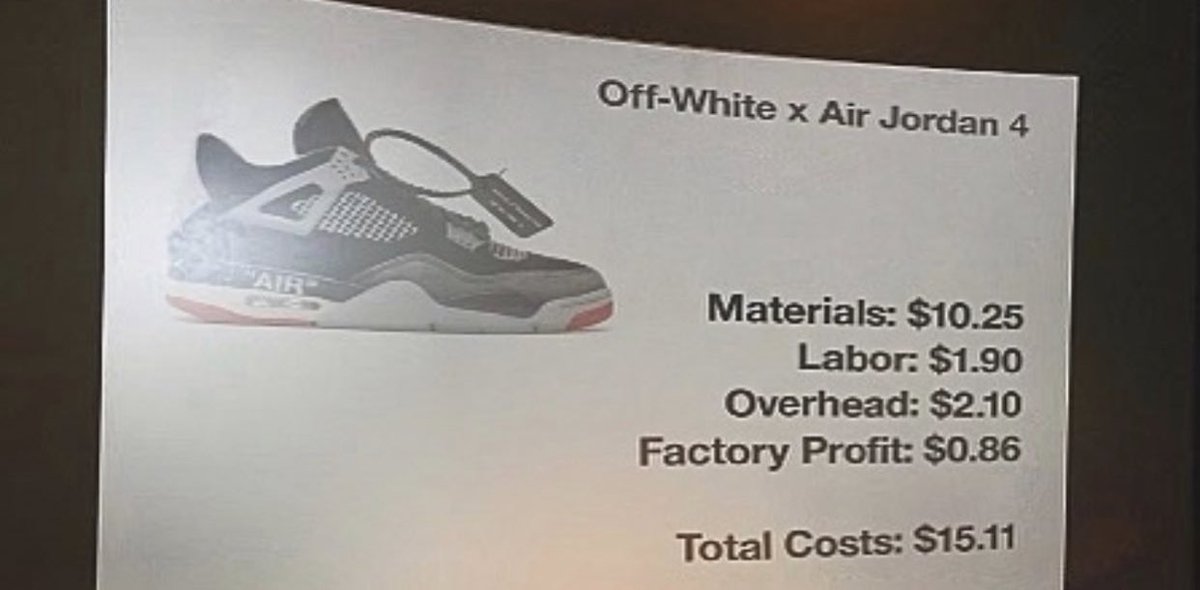
When you start driving, the tire rubber and the air inside heats up and causes the PSI reading to be higher; even higher than the manufacturer’s recommendation.
For example, your tire pressure might be 35 PSI with a “cold” tire and 40 PSI when they are “warm” after only one mile of driving.
Even if you get free air from a gas station when you’re in town, you can still use the portable air pump you keep in your car to add the final pound or two that you don’t know you need until your tires are “cold” again.
You should check your tires at least once a month and not wait until the tire pressure monitoring system (TPMS) light illuminates on your dash.
The only problem is that the light doesn’t illuminate until the tire pressure drops 25% below the recommended tire pressure listed on the stick on the inside of your driver’s door.
Most passenger car tires have a 35 PSI recommendation so the light won’t go on until the tire pressure drops below 26 pounds.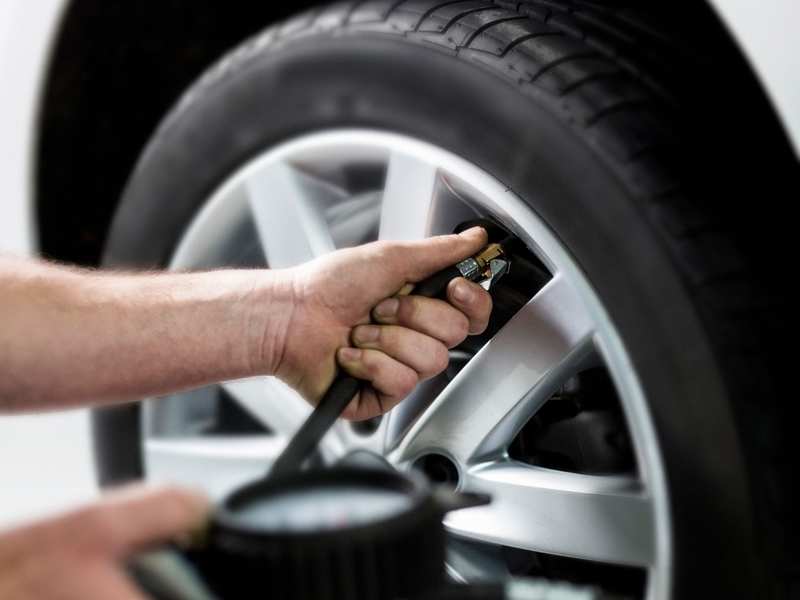
If you have a slow leak, your tire pressure could have been right above the 25% threshold for an extended period of time. Underinflated tires cause the edges to wear unevenly so you might have three good tires and one “half-bald” tire.
You can buy a tire gauge at almost any store–even grocery stores–for about $3. For a more precise measurement, you might consider getting a digital tire pressure gauge.
Most gas station air compressors also come with a free built-in air gauge, but you might prefer to use your own gauge so you can measure your tire pressure at any time.
Using the same gauge for all your readings also ensures you have a consistent reading just in case the built-in gauge is broken or you don’t use the same compressor each time you need more air.
The easiest way to know how much air your tires should have is to look for the vehicle information sticker located on the driver’s door. It will show the recommended pressure readings for the front and rear tires.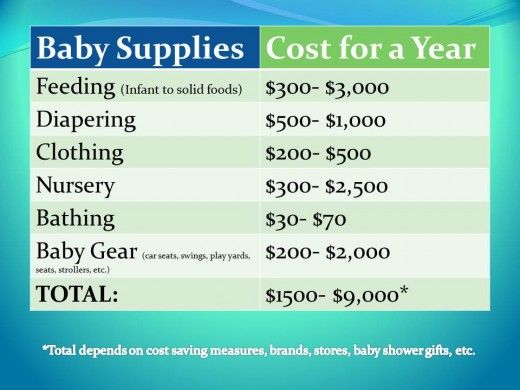
Most vehicles have the same recommendation for both sets, but it might be different if you have a special air-ride suspension.
You should try to keep your tires as close to the recommended pressure as possible so your tire tread wears evenly. Underinflation causes the edges of your tires to wear thin first and overinflation causes the middle tread pattern to wear prematurely.
Either of these circumstances can require you to repair your tires sooner than expected and potentially compromise your vehicle’s safety.
For example, tires with low tread won’t handle as well in the snow or rain. Underinflated tires, even with good tread, can negatively affect your vehicle’s handling performance too.
Even if the tire pressure sensor hasn’t illuminated, your steering might feel different than normal.
As a good reminder, you should put air in your tires every oil change. Depending on whether you use conventional or synthetic oil, that’s every 5,000 to 10,000 miles.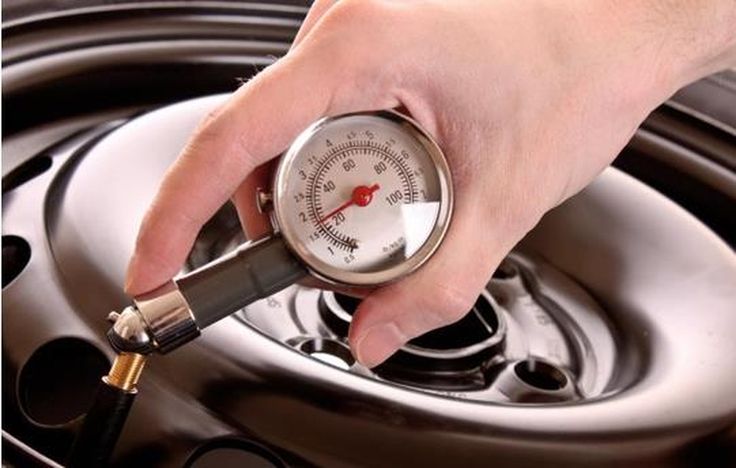
Since your mechanic already has the tools in the repair bay, you should have him check your tire pressure for your other routine maintenance too; it only takes a few extra minutes.
Most tires usually lose one pound (PSI) of air pressure a month so as long as you drive your car on a regular basis, getting your tire pressure checked at each oil change is usually sufficient.
But, you should still check your pressure at least once a month because spotting an underinflated tire isn’t always as easy as you think.
Your tire pressure is also more likely to be low in the cooler months because the air is denser. After your first cold snap, check your tires to see if they need more air.
Instead of waiting until the TPMS light comes on, put air into your tires as often as possible, even if you only need to add two or three pounds.
Doing so may contribute to a longer lifespan for your tires. If you do find yourself needing to buy new tires, be sure to go to one of the best places to buy tires.
Once you find a place to get free air for your tires, you might be able to get free air for life!
Even if you have to invest in your own personal compressor, the cost savings by not having to pay $1.50 each time you need more air adds up quickly if you have a constant leak or multiple vehicles.
135 shares
One of the latest trends in our automotive services market is the use of nitrogen in tires. Fans of this method assure a significant reduction in fuel consumption. It is also believed that the wheels practically do not go down due to the larger size of the gas molecule compared to air. Many tire fitting stations and service centers offer refueling of tires with this gas.
There are also opponents of the method who completely dismiss all the arguments of the supporters. Their main argument is the well-known fact that air is 78% nitrogen, 21% oxygen and other gases. Question: why inject another 15% nitrogen? It is unlikely that an additional volume of gas can dramatically improve the performance of a car tire. Moreover, this service costs more.
Question: why inject another 15% nitrogen? It is unlikely that an additional volume of gas can dramatically improve the performance of a car tire. Moreover, this service costs more.
Let's look into the situation, consider all the pros and cons of nitrogen in tires.
In the automotive world, pumping nitrogen into tires has been around for a long time. True, this method was first used in the "royal" class of racing - Formula 1. However, like most other technologies that have been tested on cars before manufacturers start using them on production cars. In this case, an air-nitrogen mixture was used, and not pure gas. The method was first used in the middle of the last century.
In the case of Formula 1, the use of this method provides at least one big plus - increased safety. The fact is that in the event of a car igniting, the air from the burst tire is an oxygen blower, igniting the flame even more. In the case of nitrogen injection into tires, this effect will no longer be, that is, the risk of fire is reduced.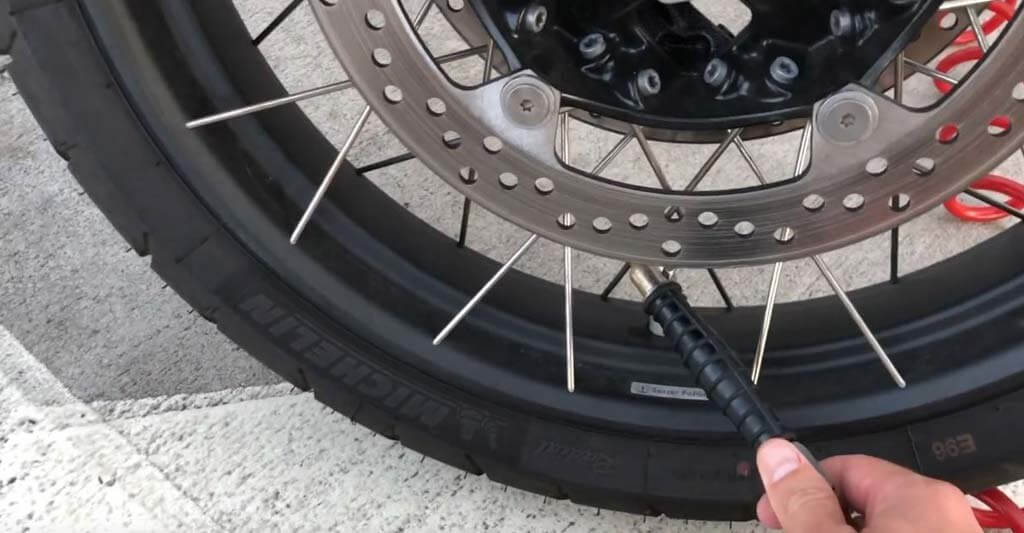
In the US, nitrogen is used instead of air in tires in commercial vehicles. This is not a mandatory rule, but many truck owners and carriers use alternatives.
In everyday life, cars are not often used to the limit of their capabilities, fires occur very rarely. Therefore, pumping gas instead of air just for the sake of greater safety is impractical, but there are other advantages.
Nitrogen tire inflation has both supporters and opponents. Moreover, they are present among professionals, including owners of tire stations and service stations, and among amateurs. The advantages of the method include:
This is one of the most common arguments for nitrogen instead of air.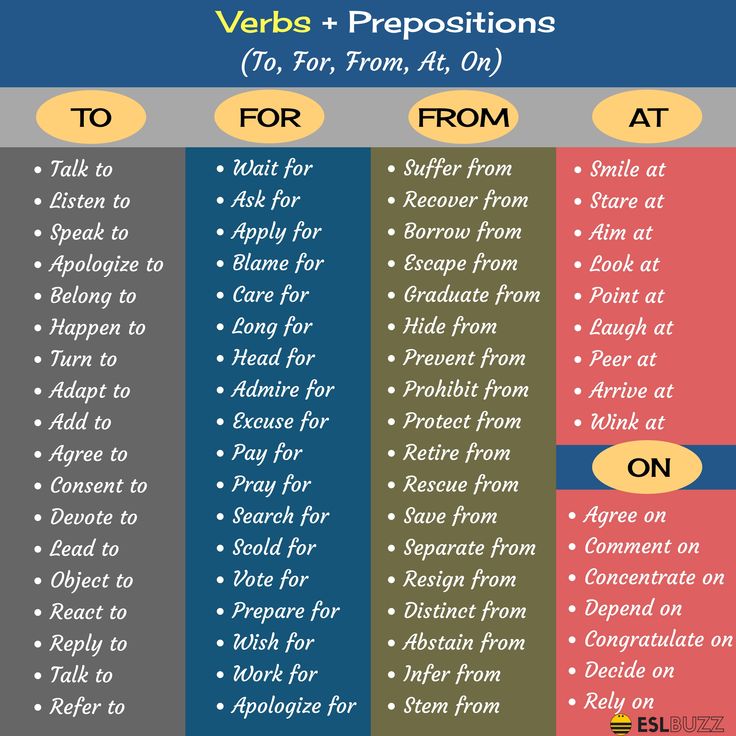 Its essence boils down to the fact that the specified gas is lighter than air, respectively, the lower weight of the wheel will lead to a decrease in fuel consumption.
Its essence boils down to the fact that the specified gas is lighter than air, respectively, the lower weight of the wheel will lead to a decrease in fuel consumption.
To do this, you need to deal with real numbers. A cubic meter of air, which is pumped into tires, has a weight of 1.29 kg, and a cubic meter of gas - 1.25 kg. A standard passenger car wheel holds about 75 grams of pure gas and 77 grams of air mixture. Therefore, the difference in fully inflated wheels will be a few grams, which is negligible for significant fuel savings.
The difference is almost imperceptible - much more weight on the wheel adds dirt between the treads or pebbles.
Summer Drive Protection Sound Comfort
Rating:
4.5
Tires Goodyear Eagle F1 Asymmetric 3 SUV
Summer Drive protection
Rating:
4.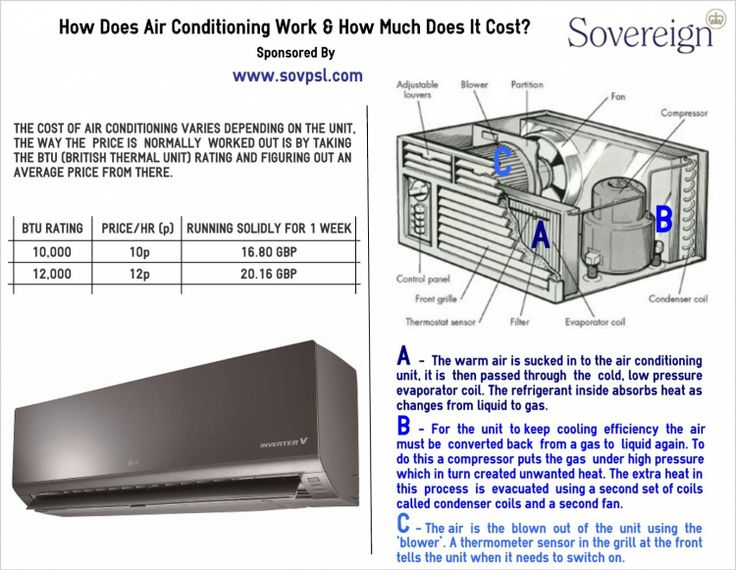 5
5
Tires Goodyear Eagle Sport TZ
Summer Drive protection
Rating:
4.5
Tires Goodyear EfficientGrip 2 SUV
Summer Drive Protection Run On Flat
Rating:
4.5
Tires Goodyear EfficientGrip Performance
Winter Drive protection
Tires Goodyear UltraGrip Arctic 2 SUV
Winter Drive Protection Sound Comfort
Rating:
4. 5
5
Tires Goodyear UltraGrip Ice 2
Winter Drive Protection Sound Comfort
Rating:
4.5
Tires Goodyear UltraGrip Ice SUV
Winter Drive protection
Tires Goodyear UltraGrip Performance+ SUV
All season Drive protection
Rating:
5
Tires Goodyear Vector 4Seasons Gen-3 SUV
Summer Drive Protection Run On Flat
Rating:
4
Tires Goodyear Wrangler HP All Weather
All season Drive protection
Rating:
4. 5
5
Tires Goodyear Vector 4Seasons
Summer
Rating:
4.5
Tires Goodyear Wrangler All-Terrain Adventure with Kevlar
Summer Drive protection
Rating:
4.5
Tires Goodyear EfficientGrip SUV
Summer Drive Protection Run On Flat
Rating:
4
Tires Goodyear Eagle F1 Asymmetric SUV
Stable pressure is another argument for fans to pump nitrogen instead of regular air into the wheel.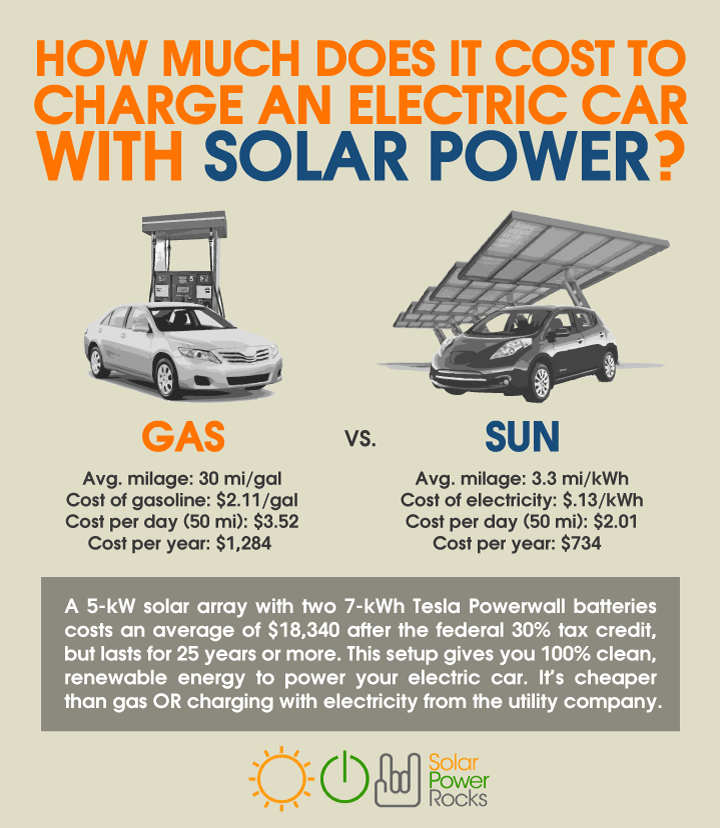 In this case, the argument is the larger size of the gas molecule compared to the size of the oxygen molecule. Accordingly, oxygen seeps through microscopic cracks and holes in the tire faster. As a result, the pressure drops and the wheel lowers.
In this case, the argument is the larger size of the gas molecule compared to the size of the oxygen molecule. Accordingly, oxygen seeps through microscopic cracks and holes in the tire faster. As a result, the pressure drops and the wheel lowers.
Yes, it is. But do not forget that ordinary atmospheric air is 78% nitrogen, and only 21% oxygen. Therefore, when the pressure drops in the wheel, it is pumped up, thus adding even more nitrogen from ordinary air. For several years of operation, the wheel is almost completely inflated with gas alone.
Nitrogen practically does not expand when heated, so the pressure in the tire will remain constant when the temperature changes. In contrast to this statement, it is worth noting that more than three-quarters of the air is occupied by nitrogen. Other gases also do not expand much, so the pressure difference in tires filled with air or nitrogen when heated is not too great to take into account.
Proponents of the method claim that the absence of oxygen provides additional protection for the material from aging. Yes, this is a fair remark, but does it make any practical sense? Rubber is exposed to other factors - aggressive environment, moisture, sunlight, and so on. All this does not contribute to the extension of service life, but no one is going to use tires forever. There are certain operating times that are not significantly affected by the gas used.
A lower noise level indicates a tire filled with clean gas rather than atmospheric air. Yes, by simple measurements at a speed of 100 km / h, the noise level in the first case is 65 dB versus 68 dB in the second. Is it good or bad? Just imperceptibly - a difference of 3 dB is absolutely negligible.
A wheel filled with nitrogen is less likely to explode. In fact, the wheel will explode only in the case of ruthless operation of the car, which is very rare in ordinary life. Moreover, in fact, the wheel does not explode, but bursts - there is a sharp loss of pressure when the tire structure is destroyed. And this can happen when hitting an object or obstacle.
And this can happen when hitting an object or obstacle.
Also, do not pay serious attention to the advice of those who recommend less checking the tire pressure with nitrogen. Checking should be done as often as the manufacturer recommends, and the number of checks does not depend on the type of mixture. How much the wheel “holds” is largely influenced by the composition of the rubber, its condition. A normal tire without damage is able to hold pressure for years
But metal corrosion is more pronounced when air is used. The oxygen contained in it is an oxidizing agent. It enters into a chemical oxidation reaction even at low temperatures, affecting the wheel and rubber. This statement can be attributed to the really positive aspects of nitrogen injection.
The downside of using nitrogen instead of air in your car tire can be the price. After all, the technology provides for the removal of air from the wheel and then the injection of clean gas instead. Naturally, you need to think carefully about whether it is necessary to pump in nitrogen, or whether it is better to use the traditional method. We did not find significant advantages, representatives of the main tire brands have a similar opinion. To determine why to do this, you need to think carefully, because there are no pronounced advantages.
Naturally, you need to think carefully about whether it is necessary to pump in nitrogen, or whether it is better to use the traditional method. We did not find significant advantages, representatives of the main tire brands have a similar opinion. To determine why to do this, you need to think carefully, because there are no pronounced advantages.
Another disadvantage is the need to use special equipment, gas cylinders are also needed. This can only be afforded by special service centers for car maintenance, tire shops. Any car owner can inflate a tire with a compressor or even a simple pump, for this it is not necessary to be a professional. With nitrogen, this will not work - in a garage or in the middle of a highway you will not be able to pump gas, at least without the appropriate equipment.
The following shortcoming cannot be called a pure disadvantage of the method, but still its opponents often talk about it. The essence of their refutation boils down to the fact that in simple air the nitrogen content is at least 78%, so it makes no sense to pump in an additional 15%.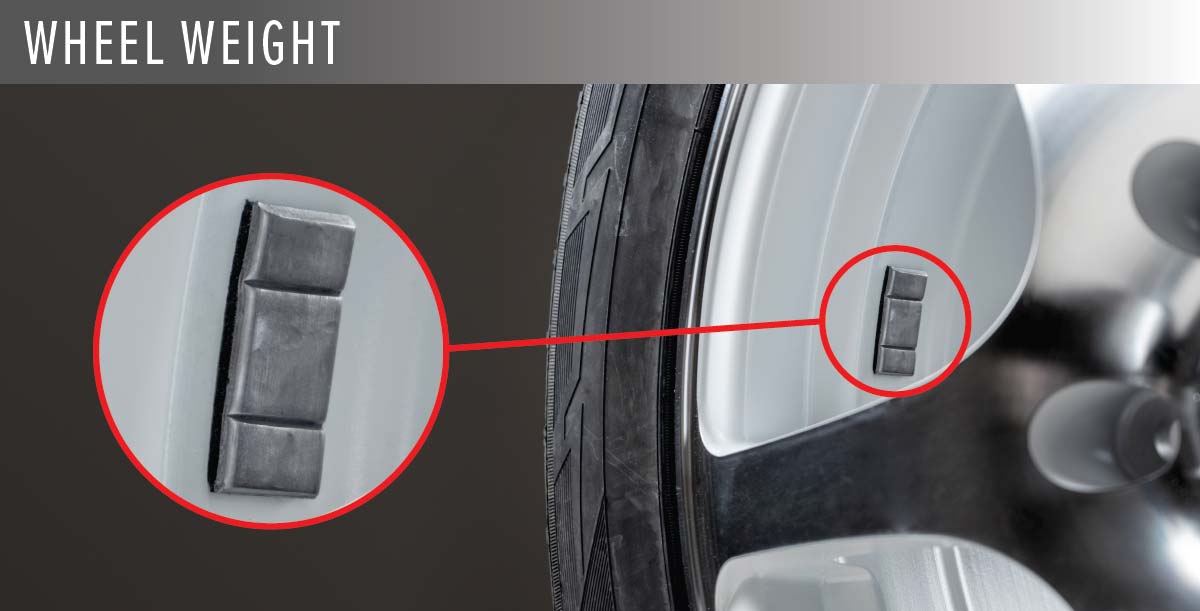
The argument for using nitrogen in tires is the smooth running of the vehicle. There is no obvious confirmation of this advantage, just the pressure in this case is slightly less - the wheel is under-inflated, which ensures smooth movement on uneven road surfaces.
It is a clear myth that when a tire is punctured, gas escapes more slowly than pure air. The reason for this is the larger size of its molecule. This is not true, and any puncture can “empty” the wheel in a matter of moments.
For example, in the rules of the notorious Formula 1, the elite of motorsport, there is no mandatory requirement to use nitrogen exclusively. Choice is provided, which means there is no advantage of one method over another. For road cars, the situation is similar, but with one clarification. The cost of using nitrogen in vehicle tires is much higher and this is a significant disadvantage. The question arises - why overpay if there are no benefits as such? The answer depends solely on the preferences of a particular car owner.
What is better - free air or "magic" nitrogen in tires? There are a lot of opinions. Those who pumped nitrogen into tires instead of air recommend that their acquaintances and friends do the same. Many have heard that Formula 1 cars use nitrogen to inflate tires. Yes that there "Formula 1"! Aircraft tires, heavy trucks and supercars also contain nitrogen. Opinions were divided.
What are the advantages of nitrogen over oxygen in tires, is there any difference at all, or is it a banal pumping out of money? “Sellers of air” name such pluses:
| - stable pressure in tires, as a result of which wear is reduced; - smooth running of the car; - good road grip; - in the event of a tire puncture, the leakage rate is less; - regardless of the temperature in the tire constant pressure; - good fuel economy. |
|
At first glance, for little money, how many useful and important properties at once! Modern car owners love all sorts of exotic things, like miracle powders, wiper spoilers that supposedly improve aerodynamics, etc. They also seized on this "innovation" with nitrogen in tires.
If you recall the physics from the school course, it is clear that "air" consists of 78% nitrogen, 21% oxygen, 1% carbon dioxide and other gases. And the mixture advertised by tire fitters consists of 95% nitrogen and 5% oxygen.
« Stable tire pressure. Since the coefficient of thermal expansion of nitrogen is lower than that of air, the effect of ambient temperature on the tire has practically no effect on the pressure inside it. Nitrogen does not expand at all, unlike air. Therefore, it is nitrogen that is ideal for pumping into tires. »
| However, anyone with even a little knowledge of physics understands that the statement that the pressure of a gas in an enclosed space is independent of temperature conflicts with the laws of Gay-Lussac (for any gases, the volume expansion coefficient is the same) and Charles (the pressure ratio to temperature is a constant value). |
Accordingly, the change in tire pressure will be about 0.00025 atm. Is this a significant change? Certainly not. For those who do not believe in science, we can advise you to conduct a small experiment on your own: pump one tire with nitrogen, and the other with air, and alternately immerse it in boiling water, then in ice water. It is unlikely that the pressure will be stable.
« A tire filled with nitrogen never deflates. Nitrogen molecules are very large, much larger than oxygen, and they move extremely slowly through the micropores in rubber. »
| Again we turn to physics. |
Perhaps the whole secret is that “large” nitrogen molecules seem to clog the micropores of the tire and do not allow molecules of other gases to pass out? Although the mixture advertised by the sellers contains 16-17% more nitrogen than ordinary air
« The possibility of tire explosion is minimal. Because nitrogen is an inert gas and does not support combustion. At high speeds, the tire does not heat up because there is no combustible oxygen in it. »
| So, let's try to understand all this.
|
A normal tire for a passenger car can withstand pressure up to 9atm. In order for a tire to burst, it must be heated to a temperature of at least 1000 ° C. At this temperature, even a steel disk will melt.
« Fuel economy. A wheel filled with nitrogen is lighter in weight than a wheel filled with air. Accordingly, the load on the suspension is less and fuel consumption is reduced. »
| At first glance, everything is logical. But let's calculate what is the difference in the mass of wheels pumped up with nitrogen and air. |
This means that the nitrogen content in this tire will be 0.0750 kg, and air - 0.0774 kg. That's the whole difference! You just need a jewelry scale to catch such a difference in weight. Naturally, there can be no talk of any difference in weight and fuel economy.
« Delayed tire aging due to the absence of dust, moisture and oil in nitrogen. This is confirmed by tests conducted by Continental, Bridgestone, Michelin. »
| If you think about it, the impact of the environment (various reagents on the road surface, ultraviolet radiation, bitumen, etc.
|
Is it really possible to save the carcass of tires from oxidation by ordering nitrogen into the tire, as the “air sellers” promise? This is hard to believe, since it is well hidden in the thickness of the rubber and cannot come into contact with air, moreover, the wires of the frame are covered with brass and are not easily oxidized.
« Improved road grip. Nitrogen is more stable than air (which is able to succumb to the environment) . »
| This myth is generally difficult to somehow comment on. There is nothing to discuss, no matter how you look at it. |